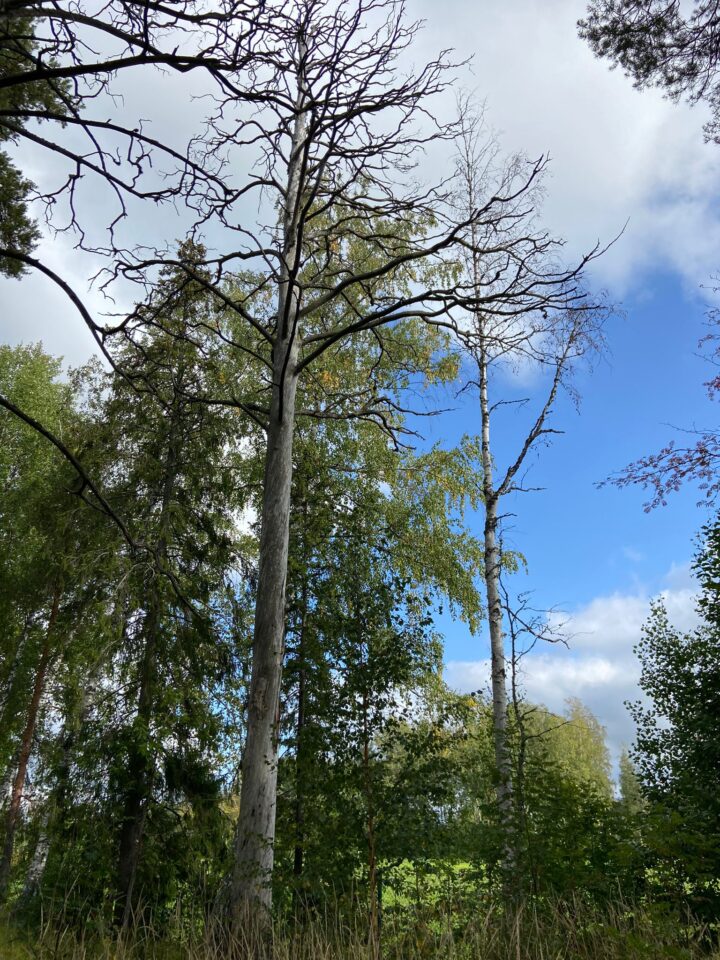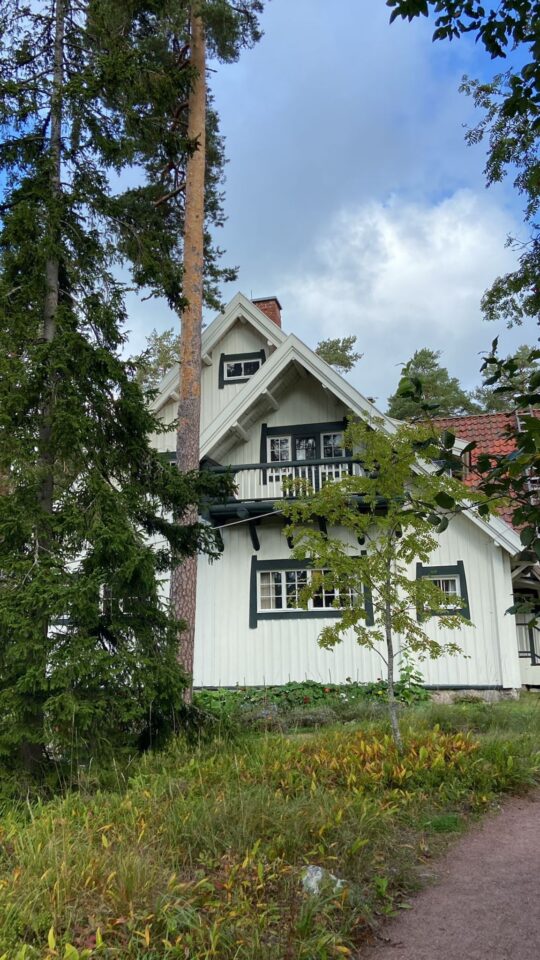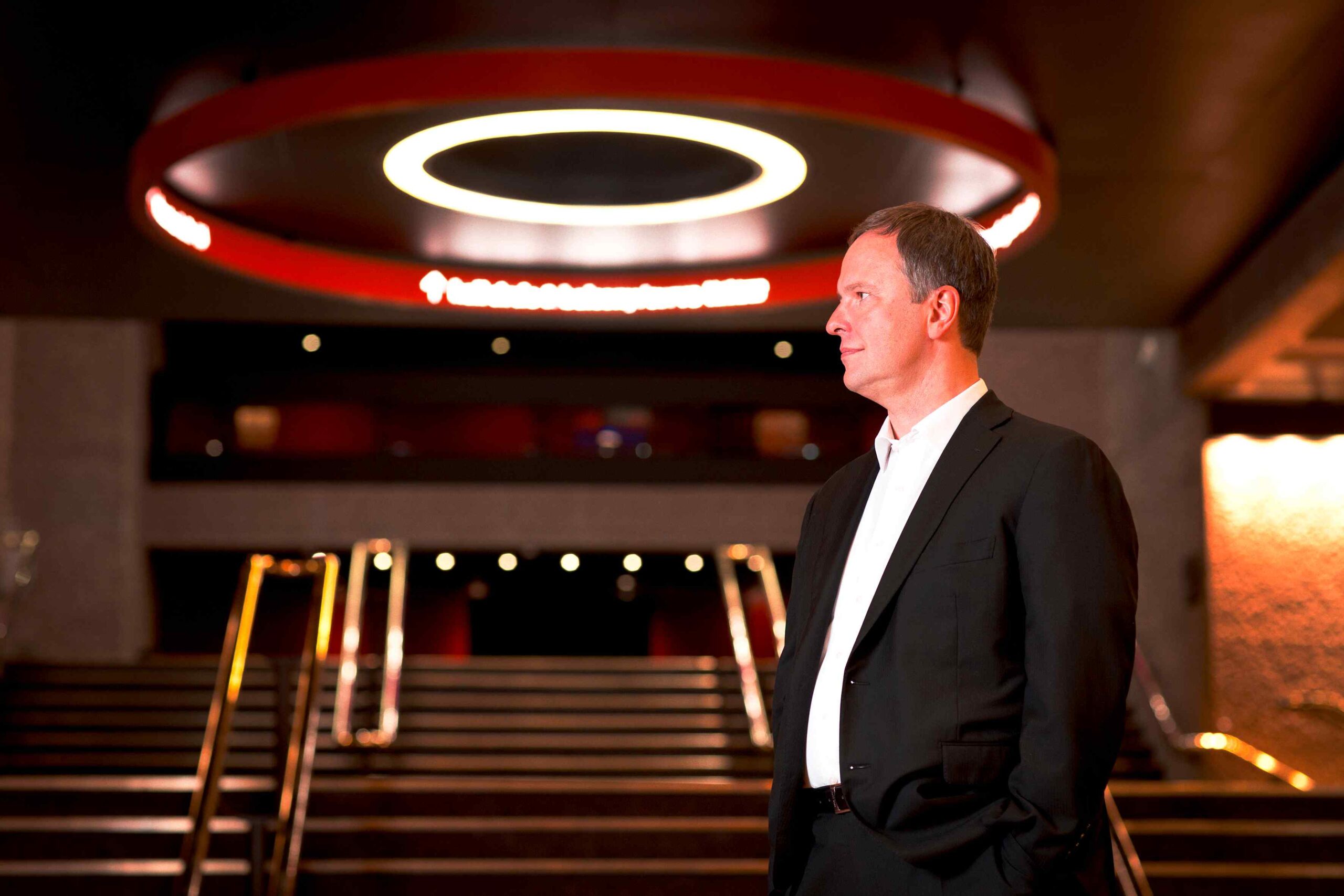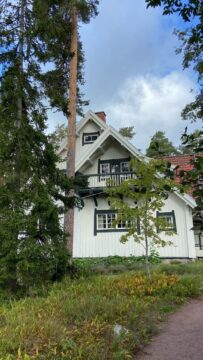On January 14, 2024, the Victoria Hall in Geneva was the stage for an exceptional musical event dedicated to Finland, organized by the Migros cultural service, known for its relevance and artistic excellence in programming. This evening, dedicated to the works of Jean Sibelius, was elevated by the intelligence and depth of interpretation offered by Sakari Oramo, leading the BBC Symphony Orchestra with an idiomatic touch. Through this exploration, the nuances of Sibelius’s artistic identity, oscillating between expressions of Nordic mythology and a quest for renewed musical language, were brought to light. Two symphonies, played in a non-chronological order, perhaps to reverse the stylistic journey of the Finnish composer, and a generous encore: unquestionably, it was a concert of high caliber.
“Symphony No. 3 in C Major, Op. 52: Between Finnish Legends and a New Musical Language”
Sibelius’s Symphony No. 3, sometimes referred to as “the Northern Pastoral,” opened the concert with a spirited attack and a conquering tone. It felt reminiscent of the beginning of Richard Strauss’s “Heldenleben” – lively, confident, and assertive, much like the Finnish Don Juan, Lemminkäinen, portrayed as an impulsive and daring young man, renowned for his charm and skill in hunting and combat. This opening in C major perfectly matched this youthful, sunny, and dynamic confidence. Under Oramo’s precise direction, who studied under the legendary Paavo Berglund, the orchestra wove a colorful sonic tapestry evoking the dreamy and heroic Finland, even though this symphony was supposed to repudiate all traces of romanticism or folklore. This interpretation, in contrast, portrayed a different vision by the conductor. The thematic variations, imbued with pastoral lightness, alternated with moments of solemn gravity, reminiscent of the epics of the Kalevala.
The second movement offered a transition to a more meditative atmosphere, where Oramo skillfully avoided any pathos, prioritizing introspective interpretation. It truly delved into Sibelius’s stylistic inquiry and inner turmoil. One couldn’t help but be enchanted by the finesse of this narrative and autobiographical approach, enriched by poetic shimmerings carried by the ethereal flutes and harps. The remarkable silences, literally unheard of in various interpretations I have had the honor to hear, added a contemplative depth to the performance, while the double basses created an incantatory and hypnotic effect.
The third movement returned to the initial carefreeness, and Oramo wore a conspiratorial smile. Bathed in sunlight, this movement created a vibrant narrative arc with the first movement. The ruptures and unresolved moments, characteristic of Sibelius’s language, were interpreted as reflections of inner turmoil, in a musical language decidedly turned toward the exploration of a new musical path. The finale continued in the same heroic vein, sometimes darker, hinting at an imminent confrontation between poetry and dramatic grandeur, without ever veering into melodrama. Oramo and his British ensemble gradually transported the audience toward the triumphant, chthonic coda, where Sibelius embraced his destiny, as if the Finnish Pantheon absorbed the Walhalla and Beethoven’s apotheoses.

“Symphony No. 1 in E Minor, Op. 39: The First Introspective Journey”
With Symphony No. 1 in E Minor, Op. 39, we went back in time to witness the birth of a symphonic style still deeply influenced by Russian aesthetics, between Borodin and Tchaikovsky. It was a work that, despite being chronologically earlier than the Third Symphony, lacked neither complexity nor emotional depth. Once again, Oramo chose to examine Sibelius’s aesthetic conflict rather than offering a perpetual melodramatic and romantic vision. Here, the conductor continued his exploration of Sibelius’s inner life, between introspective wandering and heroic affirmation. Introduced by a poignant and melancholic clarinet solo, the first movement adopted a superbly narrative approach, evoking landscapes magnified by the divine presence of the harp; within these poetic moments, meditative passages emerged. Much like Flaubert, who sought to repress lyrical and romantic tendencies throughout his life, expressing the feeling of having two men within him, Sibelius seemed torn here between the affirmation of a national music and the pursuit of musical experiments.
The second movement confirmed the conductor’s intelligent direction, refusing both pathos and Tchaikovskian stylisms, to delve into mythological narratives as well as the meta-musical and distinctly autobiographical dimension of the work. The poetic glimmers of flutes and harps, along with profound moments of silence, brought a meditative quality to the movement, supported by the incantatory strings of the orchestra.
In the third movement, Sibelius’s combative spirit was highlighted, with expansive gestures mirroring the composer’s internal and external battles. Oramo excelled in the art of rallentando, allowing the musical discourse to breathe, while highlighting impressive silences and orchestral transparency. The final acceleration was all the more effective, almost geological, rather than sentimental, with special mention to the double basses and cellos.
The last movement transported the audience into a landscape of devastation, preparing for an epic Kalevalian battle. Once again, Oramo demonstrated his ability to master the organic cells of Sibelius’s discourse, between poetic grandeur and impending stylistic roughness, pure music and evocation. Having visited the composer’s residence in Ainola and the endless expanses of Lapland on several occasions, I can assure you that Sibelius’s music is also a painting of this nature inhabited by forces that only music can grasp, at least as much as Mahler’s. The end of the movement, marked by another poignant rallentando, prepared the composer’s victory over his doubts and hesitations.

Two generous encores: a celebration of Finnish music
After a true triumph, Sakari Oramo addressed the audience in impeccable French, announcing the first encore, “Valse d’un Soir d’Été” by Oskar Merikanto, imbued with an atmosphere of joy and charm. This piece, emblematic of the Finnish repertoire and beloved by its compatriots, was performed with infectious vivacity and lightness. The second encore introduced a poignant contrast: “Scène avec Grues,” an excerpt from Sibelius’s incidental music “Kuolema,” Op. 44 (Death), a piece often overshadowed by the famous “Valse Triste.” This delightful, melancholic, and dreamy music, with its elegiac and soaring tones, at times reminiscent of Grieg, immersed the audience in a world of reverie and contemplation. The seraphic beauty of the violins, accompanied by the trills and deep song of the cello, depicted the tranquil and lake-filled landscapes of Finland. This piece, with its subtlety and contemplation, concluded the evening on a note of profound poetry, reminding us of Sibelius’s ability to paint musical pictures of moving beauty.
These two encores, carefully chosen by Oramo, crowned this magnificent Sibelius evening generously and remarkably, with the BBC Symphony Orchestra at its best, transporting and superbly prepared.
Philippe Rosset
January 14, 2024



